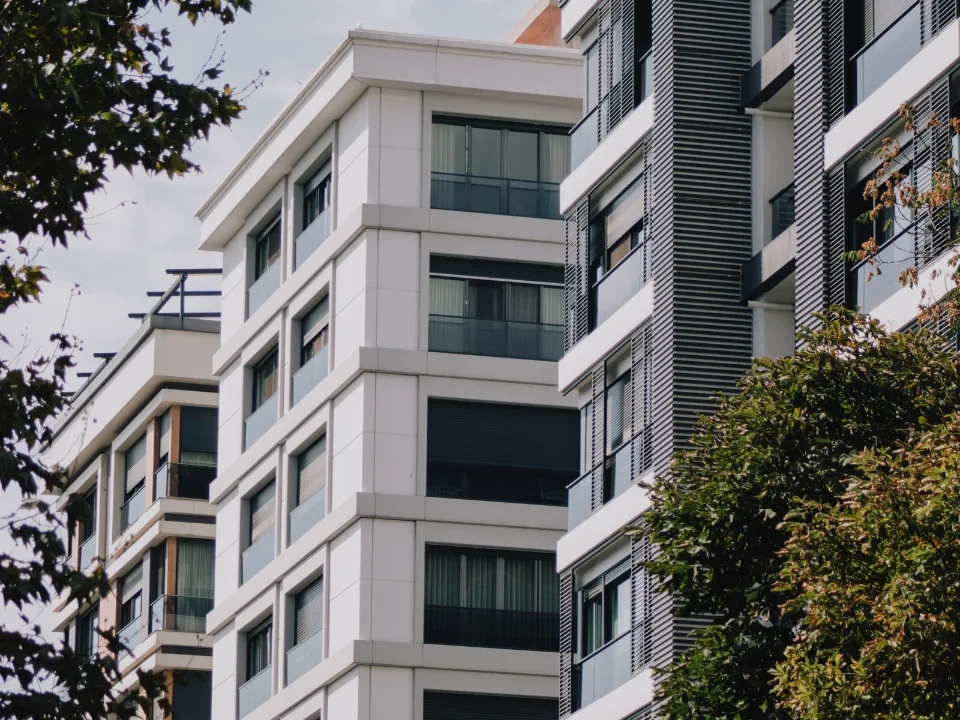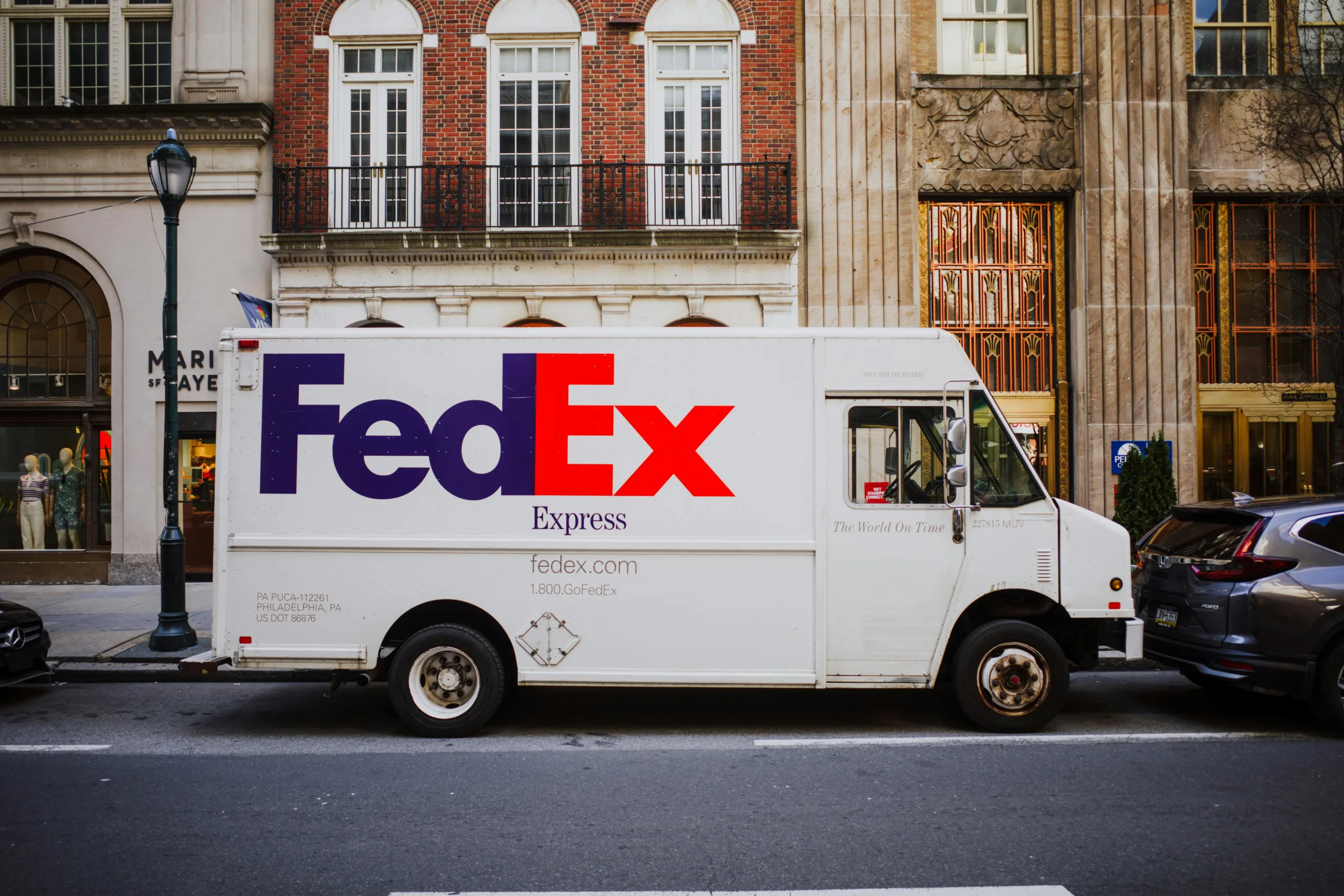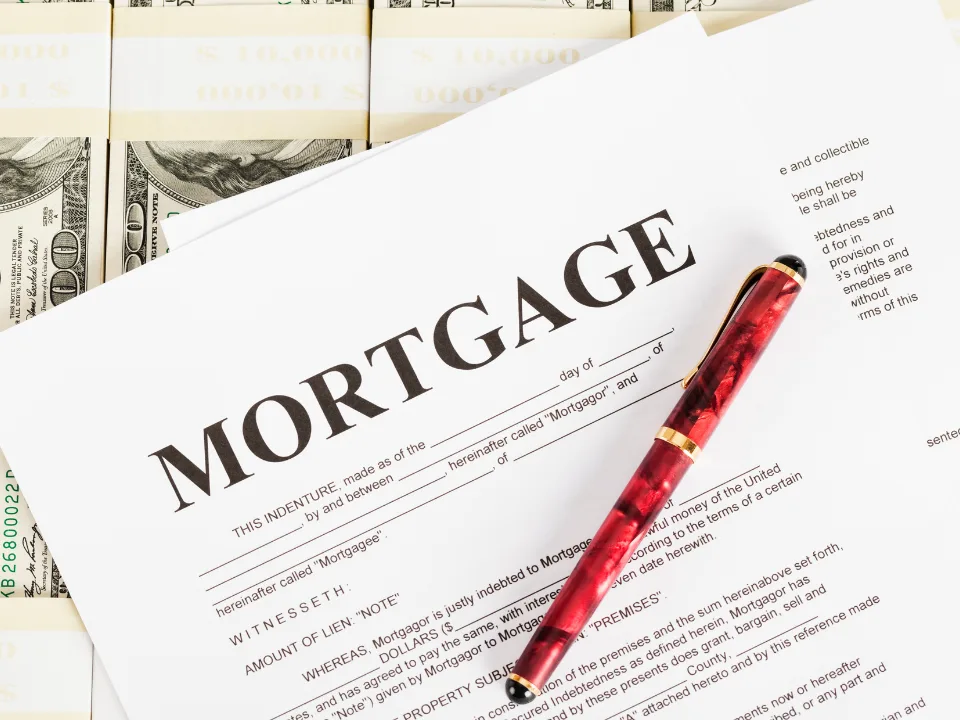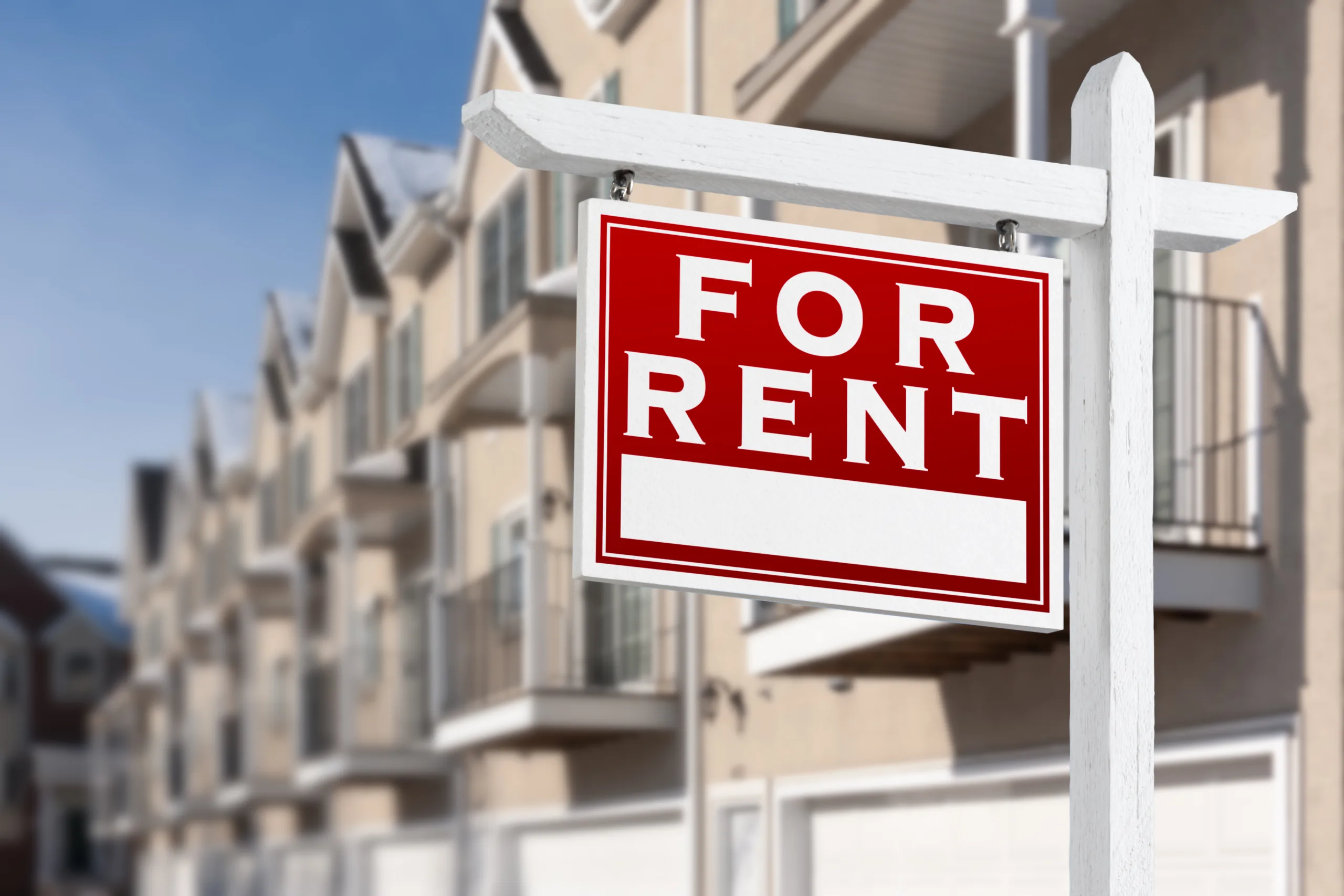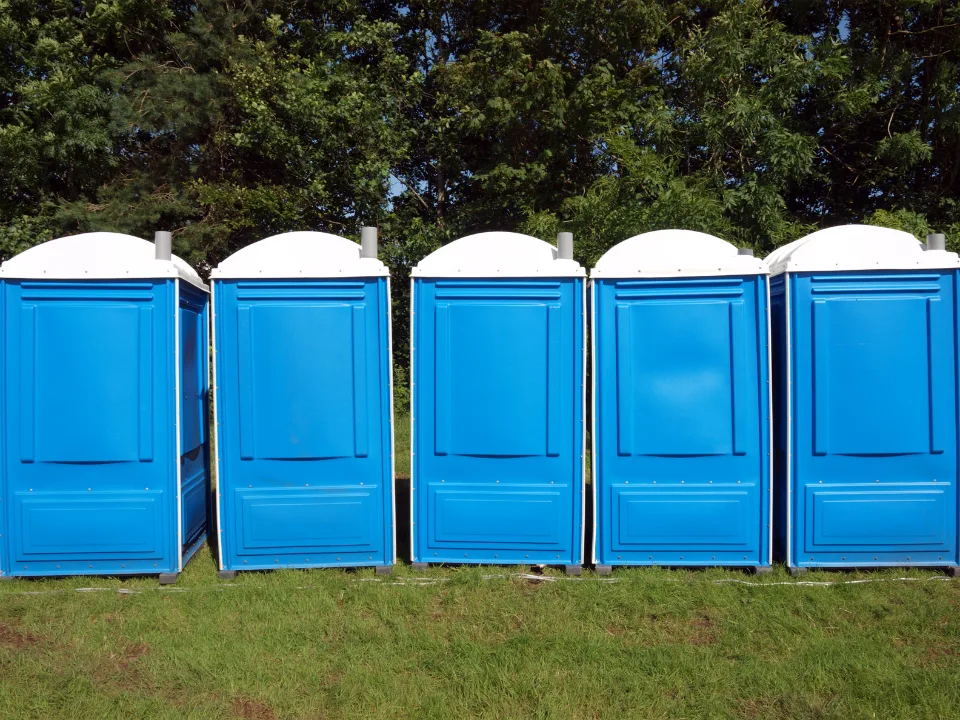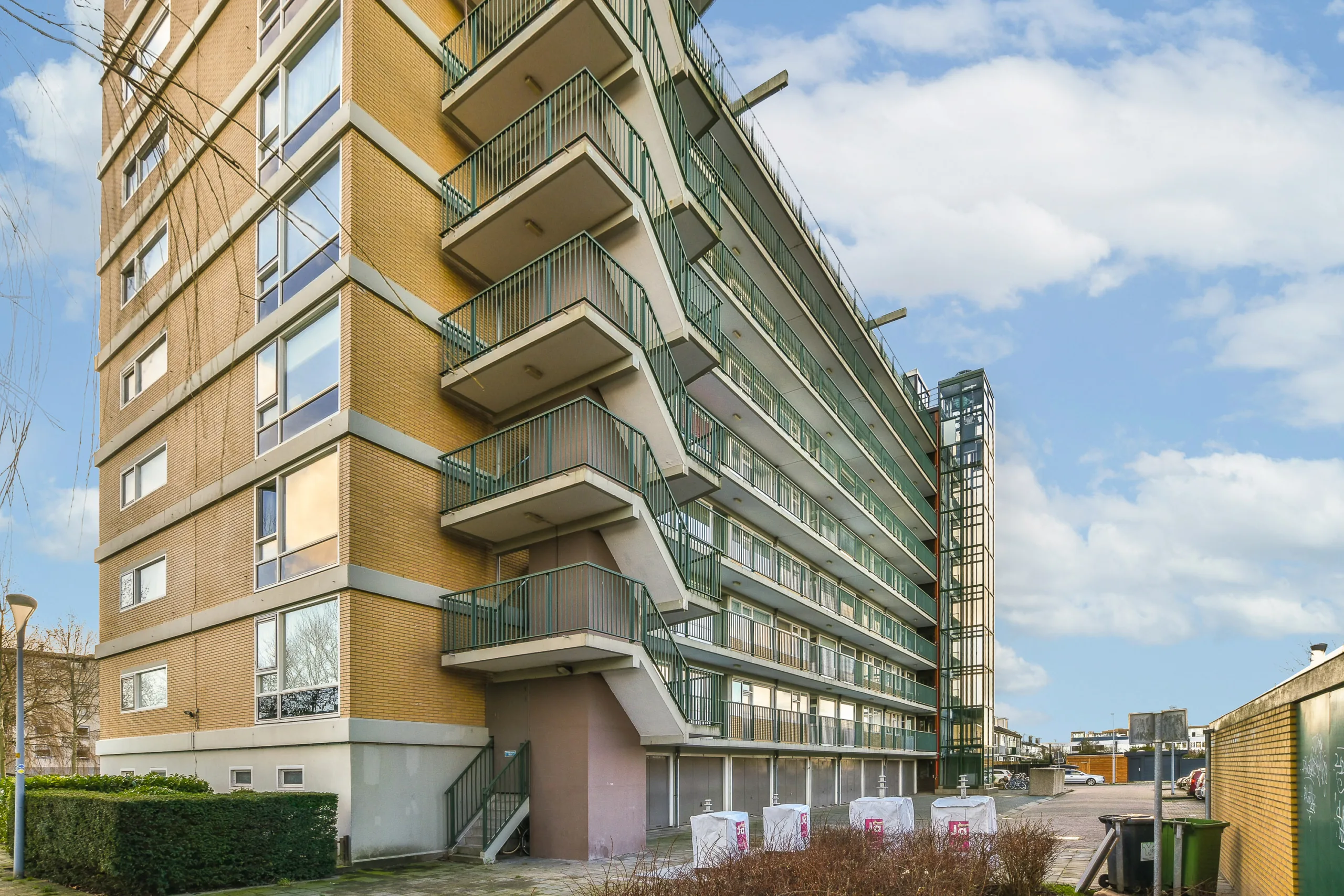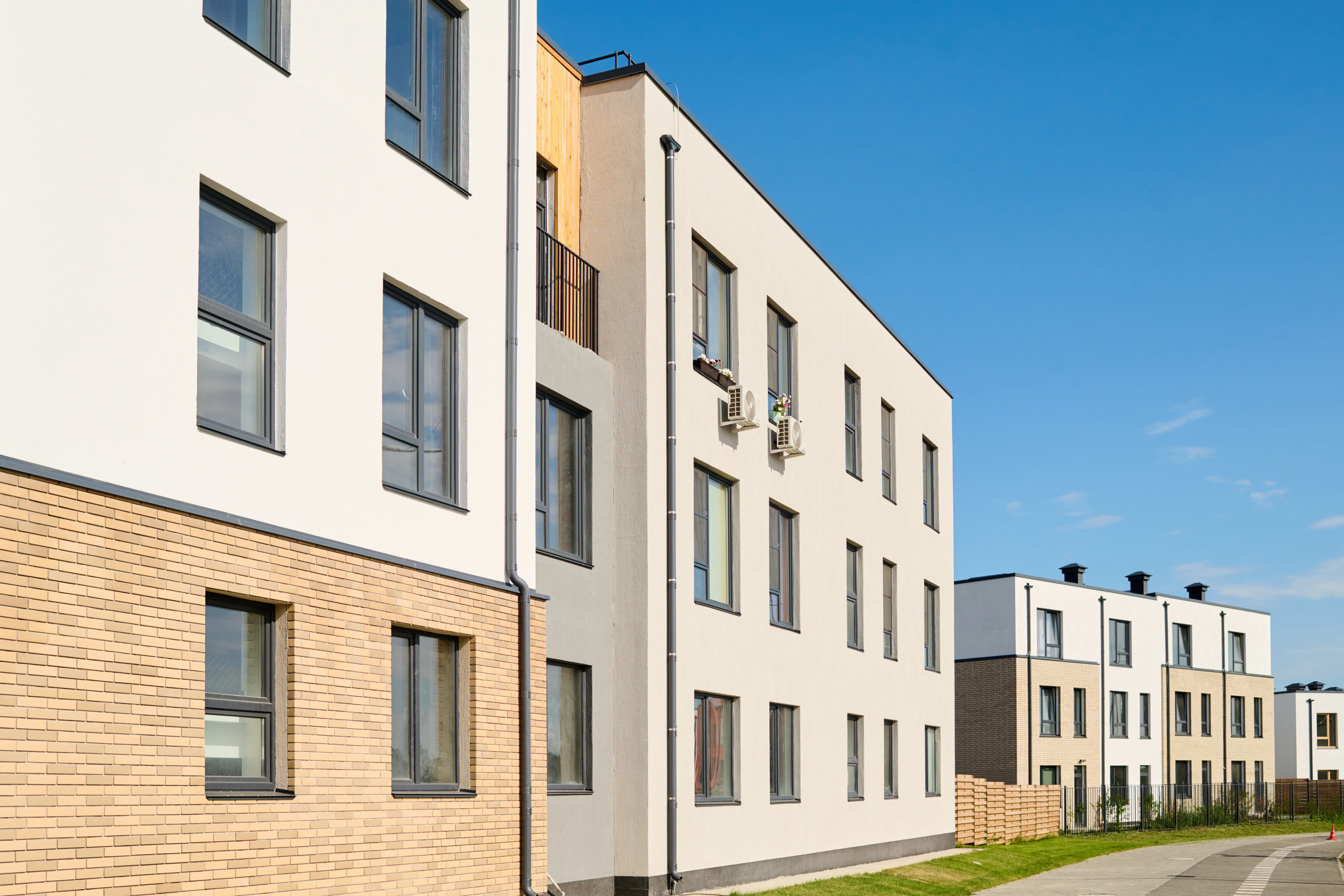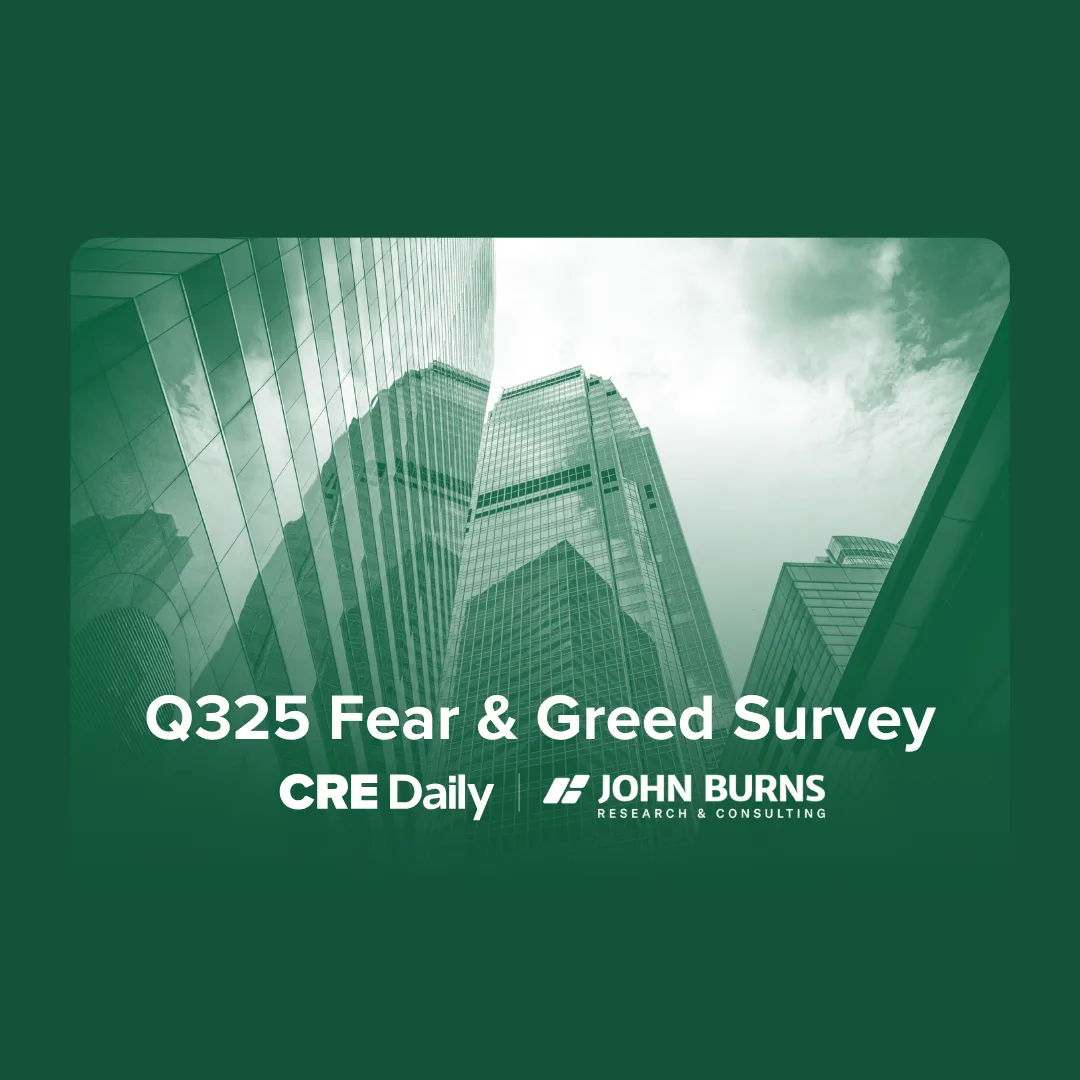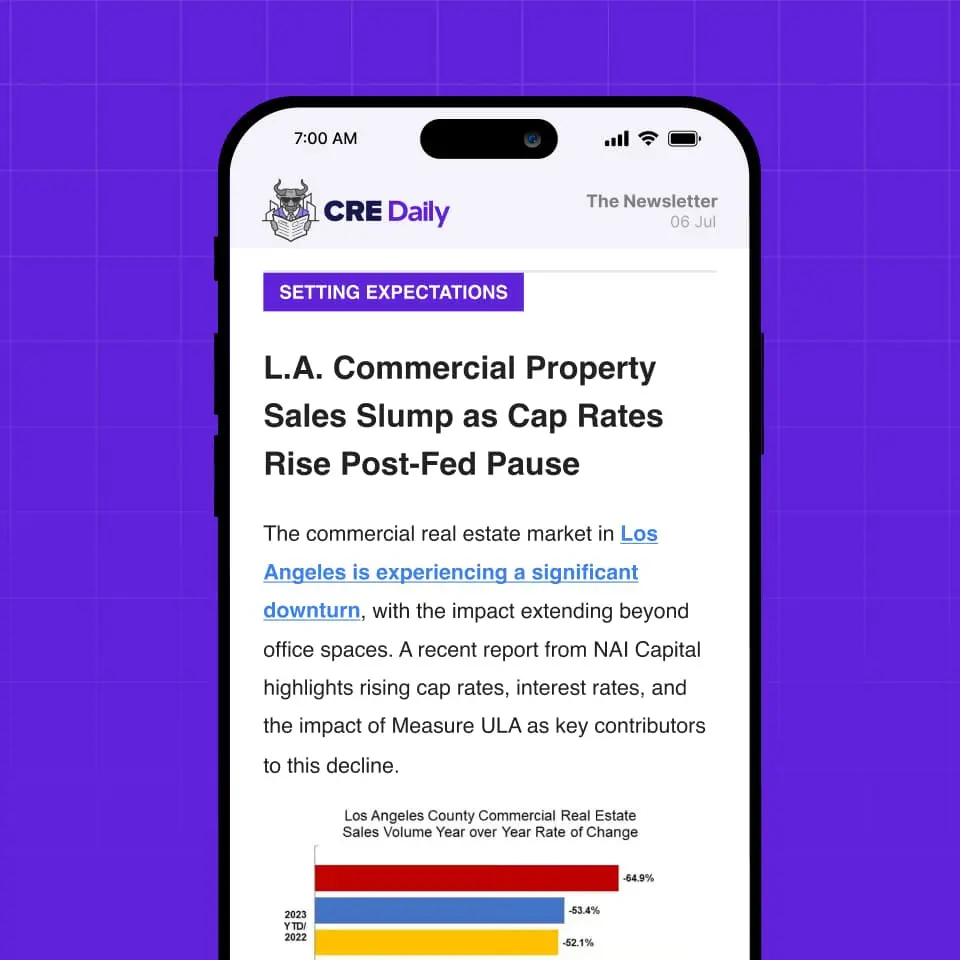- Builders use mortgage buydowns to help buyers cope with high interest rates, according to a Morgan Stanley report.
- These incentives are inflating home prices, especially for Ginnie Mae-backed homes, which could be 12% cheaper without them.
- About 75% of Ginnie Mae-backed new homes and 30% of Fannie Mae and Freddie Mac-supported homes include buydowns.
- Permanent buydowns are more common in Ginnie Mae loans and have a bigger impact on mortgage-backed securities.
Builders Use Buydowns to Offset High Mortgage Rates
To keep buyers interested, builders often use mortgage buydowns to reduce rates—either temporarily or permanently, per Bloomberg. This strategy helps maintain sales volume despite high borrowing costs. But it comes with tradeoffs. Morgan Stanley analysts say these efforts are pushing home prices higher than they would be under market conditions.
Incentives Drive Higher Prices
Buyers using Ginnie Mae-backed mortgages pay about 12% more because of buydowns. Fannie Mae and Freddie Mac-backed home prices are about 5% higher. Builders tend to offer bigger incentives to buyers with lower incomes or weaker credit scores—typical of Ginnie Mae borrowers.
Get Smarter about what matters in CRE
Stay ahead of trends in commercial real estate with CRE Daily – the free newsletter delivering everything you need to start your day in just 5-minutes
How Buydowns Work
The “3-2-1” structure is a common format. In the first year, builders cover three percentage points of the mortgage rate. In the second year, they cover two points. In the third year, they cover one. Builders also offer permanent buydowns, which lower interest rates for the life of the loan. These are more frequent in Ginnie Mae-backed loans and affect mortgage bond investors more significantly.
Usage Remains High but May Be Declining
Morgan Stanley estimates that about 75% of Ginnie Mae new home sales include buydowns. About 30% of homes backed by Fannie Mae or Freddie Mac also include them. These government-backed entities package mortgages into bonds and guarantee returns for investors. However, some analysts say builders are starting to pull back. Moody’s economist Mark Zandi noted on Monday that builders are “giving up” on the practice because it’s “simply too expensive.”
Why It Matters
Buydowns allow builders to support demand without cutting prices. But that support comes at a cost. Home prices stay elevated, and affordability worsens for many buyers. As builders reduce incentives, market prices may adjust downward.
What’s Next
If buydowns continue to fall out of favor, more downward pressure on new home prices could emerge. That shift could benefit affordability, especially for first-time buyers.
